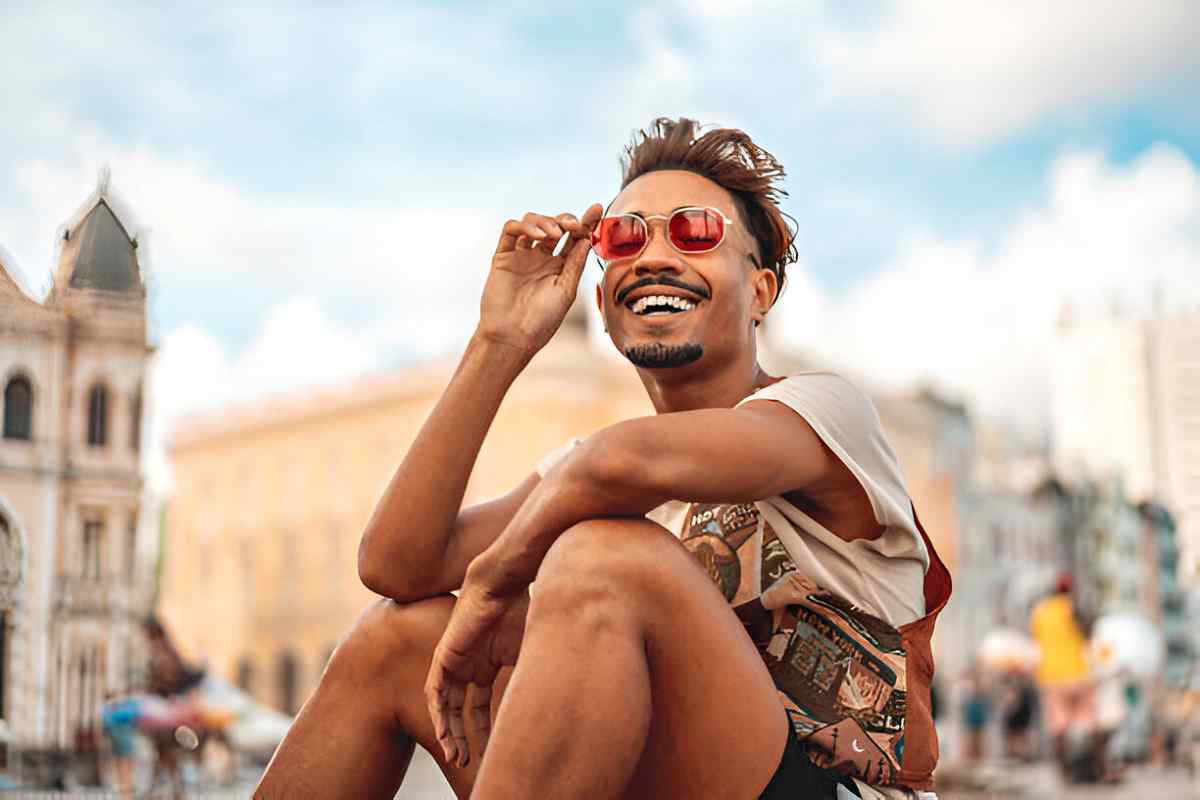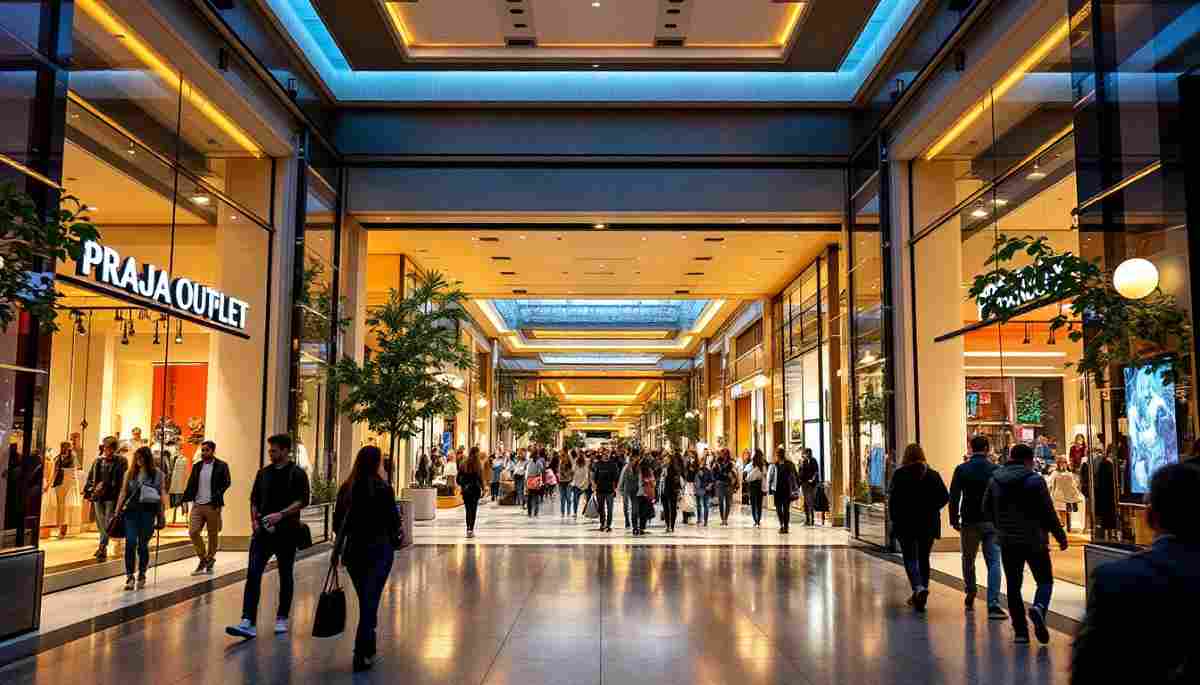The 2020s have seen a resurgence of interest in styles and aesthetics reminiscent of the roaring twenties. This article delves into the factors influencing this revival, from key trends and contemporary influencers to the impact of social media and sustainable practices.
The Rise of Vintage Aesthetics in 2020s Fashion
As the world embraces nostalgia amid rapid societal changes, vintage aesthetics have become increasingly prevalent in 2020s fashion. The fascination with the 1920s can be attributed to a desire for a sense of glamour and elegance, which served as an escape during challenging times. Many designers draw inspiration from the bold patterns, luxurious fabrics, and daring silhouettes of the past.
Fashion houses are reviving designs featuring dropped waists, intricate beadwork, and art deco motifs, simultaneously intertwining them with modern elements. This seamless blend allows for a fresh interpretation of historic fashion, appealing to both young and older generations.
Additionally, the resurgence of vintage aesthetics is not limited to high fashion; it has permeated streetwear and everyday attire as well. Thrift stores and vintage boutiques have seen a boom in popularity, as consumers seek unique pieces that tell a story and reflect their individuality. The hunt for the perfect vintage item has become a cultural phenomenon, with social media platforms showcasing the creativity of those who mix and match contemporary styles with retro finds. This trend encourages sustainable fashion practices, as reusing and repurposing clothing helps reduce waste while celebrating the artistry of bygone eras.
Moreover, the influence of vintage aesthetics extends beyond clothing to accessories and beauty trends. Chunky platform shoes, oversized sunglasses, and statement jewelry reminiscent of past decades have made a significant comeback, allowing individuals to express their personality through a curated look. Makeup styles have also shifted, with bold eyeliner and classic red lips echoing the glamour of previous generations. This revival not only enhances personal style but also fosters a sense of community among those who appreciate the artistry and craftsmanship that vintage fashion embodies.
Key Trends That Define Original 20s Style
Several key trends have emerged that define the essence of original 20s style. Firstly, the use of luxurious fabrics such as silk and satin creates an air of sophistication—a staple of 1920s fashion. Secondly, flapper-inspired silhouettes, characterized by loose-fitting dresses and fringes, have found their way back onto the runway. The 1920s were a time of liberation, and fashion reflected this newfound freedom, allowing women to move gracefully and comfortably, a stark contrast to the restrictive garments of previous decades.
- Art deco-inspired patterns and prints
- Wide-brimmed hats and cloche hats
- Statement jewelry, including long pearls and feathered headpieces
These trends not only evoke the spirit of the 1920s but also encourage wearers to express their individuality through unique styling and accessorizing. The bold geometric shapes and vibrant colors typical of Art Deco design have made a significant comeback, inspiring modern designers to reinterpret these classic motifs in contemporary collections. Additionally, the revival of wide-brimmed hats and cloche hats adds a chic touch to outfits, reminiscent of the glamorous soirées and jazz clubs that defined the era.
Moreover, the emphasis on statement jewelry serves as a nod to the opulence of the Roaring Twenties. Long strands of pearls draped elegantly around the neck, combined with feathered headpieces, create a striking visual that captures the playful spirit of the time. This era was not just about fashion; it was about a lifestyle that celebrated excess and exuberance, encouraging individuals to adorn themselves in a manner that was both eye-catching and expressive. As we embrace these trends today, we not only pay homage to a fascinating decade but also invite a sense of joy and creativity into our wardrobes.
Iconic Fashion Influencers Shaping the Decade
Fashion influencers play a crucial role in shaping contemporary styles. Among them, some have taken it upon themselves to celebrate and embody the essence of the original 20s fashion. These influencers curate their social media feeds with looks that harken back to the past while maintaining a modern twist.
Some well-known figures include the likes of influencer and designer Ashley Graham, who often showcases vintage-inspired collections. Similarly, fashion bloggers such as Julia Engel and Jess Ann Kirby consistently integrate 1920s motifs into their looks, inspiring their followers to embrace vintage fashion in contemporary ways.
In addition to their personal style, these influencers often delve into the historical context of the fashion they promote. For instance, they might share insights about the significance of the flapper dress, a symbol of women’s liberation during the roaring twenties, or discuss how the Art Deco movement influenced patterns and designs of that era. This educational aspect not only enriches their followers’ understanding of fashion history but also fosters a deeper appreciation for the craftsmanship behind vintage pieces.
Moreover, many of these influencers engage with their audiences through interactive content, such as styling challenges or DIY tutorials that encourage followers to recreate iconic 20s looks using modern wardrobe staples. This approach not only democratizes fashion but also empowers individuals to express their unique style while paying homage to the past. By blending nostalgia with innovation, these influencers are not just shaping trends; they are creating a vibrant community that celebrates the timeless allure of vintage fashion.
How Social Media is Reviving 1920s Glamour
Social media platforms have become powerful tools for resurrecting the glamour of the 1920s. Instagram, TikTok, and Pinterest are filled with content that celebrates vintage fashion. Users share outfits, tutorials, and styling tips that help demystify how to incorporate vintage looks into everyday wardrobes.
Hashtags like #1920sFashion and #FlapperStyle have gained traction as fashion enthusiasts share their takes on 20s-inspired looks. This digital renaissance has made vintage fashion more accessible to a wider audience, allowing individuals to explore and adopt styles that resonate with their personal aesthetic.
Beyond just fashion, social media has also revived the spirit of the Roaring Twenties through themed events and gatherings. Users are organizing speakeasy parties, jazz nights, and vintage fairs, where the ambiance is infused with the lively music and dance styles of the era. These events often feature live bands playing classic jazz tunes, encouraging attendees to don their best flapper dresses and dapper suits, thus fostering a sense of community among vintage enthusiasts. The shared experiences of these gatherings are frequently documented and celebrated online, creating a vibrant tapestry of nostalgia that inspires even more people to embrace the glamour of the past.
Moreover, the influence of vintage aesthetics extends beyond fashion and events into home decor and lifestyle choices. Influencers and content creators are showcasing how to incorporate Art Deco elements into modern living spaces, from geometric patterns to luxurious fabrics. Tutorials on creating 1920s-inspired cocktails and hosting themed dinner parties abound, allowing followers to immerse themselves in the opulence of the era. This multifaceted approach to reviving the 1920s not only highlights the era’s iconic style but also encourages a lifestyle that celebrates creativity, individuality, and a touch of nostalgia in everyday life.
Sustainable Fashion: A Modern Take on Classic Styles
The growing awareness surrounding sustainability in fashion has also influenced the revival of original 20s styles. Many brands emphasize eco-friendly practices by creating collections that pay homage to the past while promoting ethical production methods. This includes using organic materials, fair labor practices, and producing limited quantities to reduce waste.
Moreover, second-hand shopping and vintage boutiques have surged in popularity, allowing fashion lovers to discover authentic pieces from the 1920s. This trend not only helps reduce the environmental impact of fast fashion but also allows for the exploration and appreciation of bygone eras.
The Role of Streetwear in Contemporary 20s Fashion
Streetwear, with its focus on casual, comfortable clothing, has infiltrated the realm of 2020s fashion, blending seamlessly with vintage aesthetics. This combination allows for unique and accessible interpretations of original 20s styles. Items like oversized blazers, baggy trousers, and sneakers are incorporated alongside more traditional 1920s elements, creating a chic yet relaxed overall look.
Designers have embraced this hybrid style at fashion shows, showcasing collections that feature elements from both streetwear and classic 20s outfits, appealing to a broader demographic of style enthusiasts.
Accessories That Make or Break Your Original 20s Look
Accessories are fundamental in achieving a true original 20s look. They can elevate an outfit while adding a touch of authenticity and character. Key pieces include headbands adorned with feathers or jewels, vintage handbags, and statement shoes.
- Long pearl necklaces that drape elegantly
- Feathered or sequined clutches
- Stylish gloves, perfect for a sophisticated touch
These accessories can substantially transform simple attire into a statement ensemble that captures the essence of the era.
Color Palettes and Patterns: What’s Trending This Decade
Color palettes inspired by the 1920s often feature deep, rich hues like emerald green, royal blue, and burgundy, often accompanied by gold or silver accents. These combinations evoke a sense of luxury and glamour that was prevalently sought after during the original 20s era.
Patterns such as art deco geometrics, floral prints, and bold stripes add visual interest to outfits, allowing individuals to play with style while paying homage to historical fashion trends.
The Impact of Music and Pop Culture on Fashion Choices
The symbiotic relationship between music, pop culture, and fashion significantly influences trends in any decade. In the 2020s, artists are increasingly drawing inspiration from the original 20s, with music styles such as jazz and swing experiencing a revival in performances and festivals.
Pioneering musicians and influencers often use their platforms to showcase vintage fashion, allowing them to influence their followers’ styles and encourage the embracing of original 20s fashion.
A Look Ahead: Predictions for the Future of 20s Fashion
As we progress further into the decade, it is expected that the fascination with 1920s aesthetics will continue to grow. The integration of sustainability, digital influences, and modern styling techniques will ensure that original 20s fashion remains relevant in contemporary wardrobes.
Designers may further experiment with the juxtaposition of vintage and modern elements, leading to innovative interpretations of the styles of the past. Ultimately, the takeaways from original 20s fashion will resonate in ways that keep the spirit alive for future generations.










